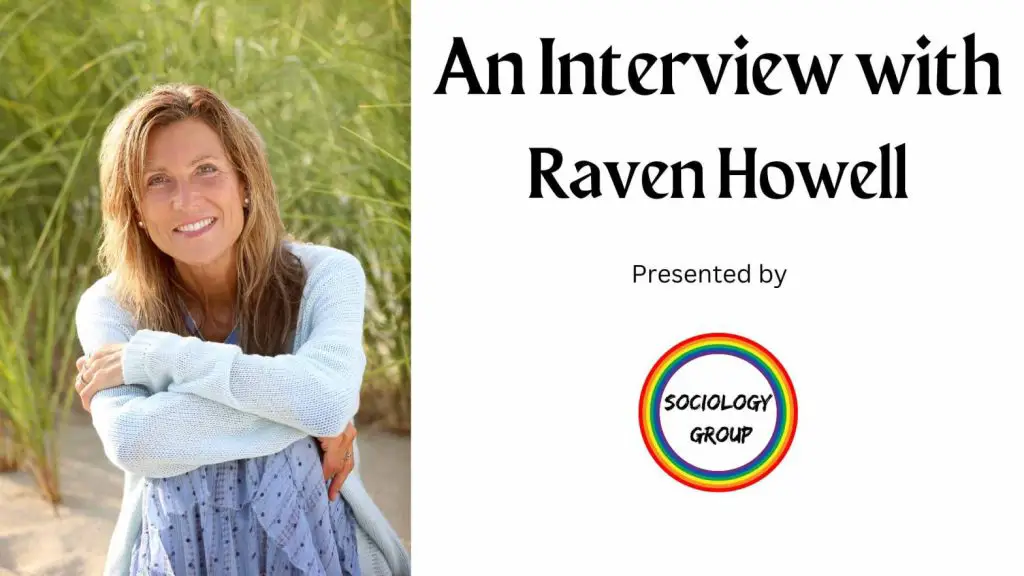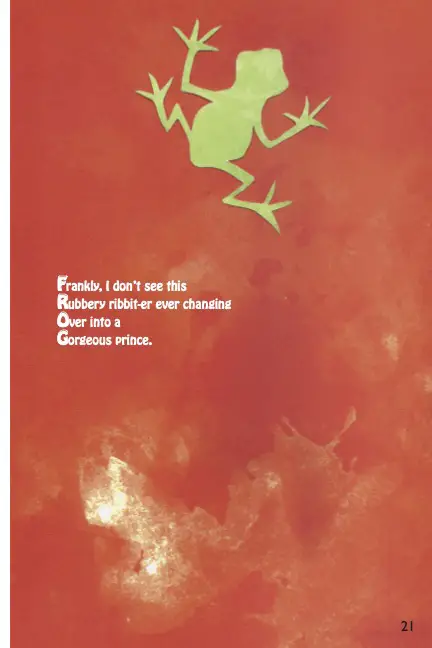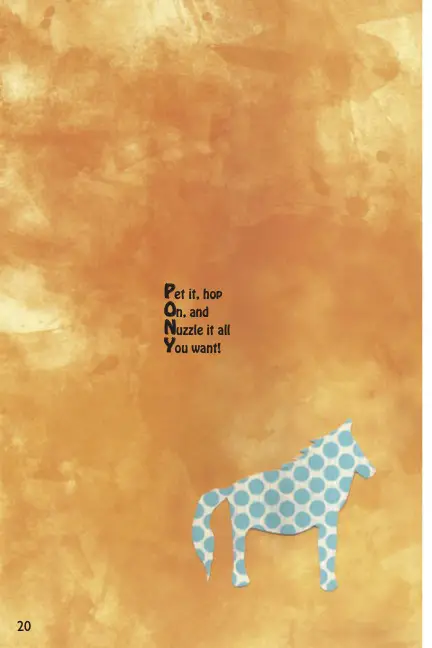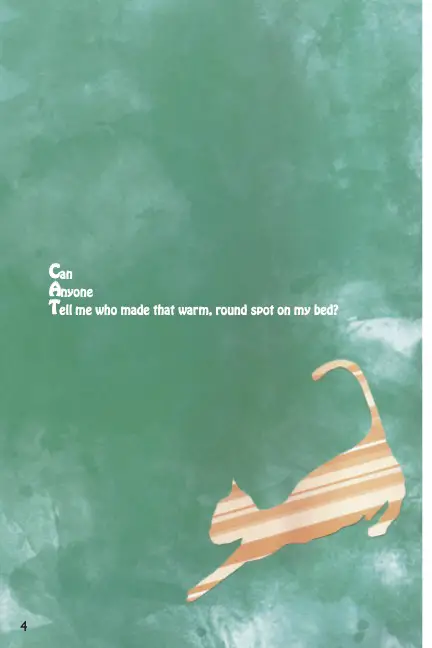I recently had the pleasure of speaking with Raven Howell, an award-winning author and poet of several children’s picture books. With her poems appearing in renowned publications such as Cricket, Highlights for Children, Ladybug, Jack and Jill, and Fun for Kids, Raven is no stranger to the world of children’s literature. In addition to her writing, she is also dedicated to inspiring young writers and regularly conducts workshops for children. Raven is also the Creative and Publishing Advisor for RedClover Reader and writes a column for Story Monsters Ink magazine titled “The Book Bug”. In our interview, Raven shared her insights on writing for children and the importance of nurturing creativity in young minds.

1. If you had to describe yourself in three words, what would they be?
Creative, peaceful, and considerate.
2. Writing always begins with self-introspection but writing for children is reflecting what’s around us more than what’s inside of us. What are the reasons and intuition that led you to this journey as a children’s book author?
I believe introspection in general may begin in childhood. I remember the feelings, the questions, the wonderment that came up in my mind and in my heart even as a young child when I was becoming immersed in storybooks. There is certainly ‘food for thought’ when the reader travels a twisted path through an off-beat Dr. Seuss book. What’s happening? Who would think of eating green ham? Would I want to live in Whoville?
A children’s book may also be written in terms of a reflection of what’s around us. My book, My Community, is written about a racially mixed family, what type of people make up our neighborhoods, and the type of schedule a child may be entertaining these days. So that book was written as a reflection of family life today. On the flip side, I have written several children’s books with a gentle encouragement for children to look inside of themselves. My book, Eek! My Ink! explores the idea that seeming mistakes we make in life could be blessings and perfect in their own way if we allow them and embrace ourselves as being okay just the way we are.
I write for children when I feel there is a message to pass on, or when I sense some simple, fun magic needs to be shared. Everyone, at any age, needs some enchantment.
3. “It matters not what someone is born, but what they grow to be.” Children’s books give us what we hold in our hands—brains and especially hearts. How do you see the growth of children through your poetry and books?
In my opinion, that concept is often more prominent with children’s poetry. A poem is like a pathway that allows you to see things a different way that you may not have before. In just that aspect, there’s maturation of both mind (thinking) and heart.
Children’s books in either poetry or story form guides the child to grow in many ways. It helps with language skills, compassion, information to the heart and brain, regardless of “what someone is born”. And it unlocks imagination which can lead to creativity, and spark positive inspiration for youth today.
4. One of the fascinating things about your books and poetry is that they have diverse audiences as readers, writers, teachers, friends, children, and parents, in particular. To whom do you put focus toward while working on your books and poetry?
Most of the time it’s the child of the age group I’m writing for that gets the focus. When I’m considering a board book or a fun bedtime book, like A Flock of Fun, I make sure the parent will have fun reading it to the child, too!
5. Parenting is essential, but interactive parenting is a must. Would you like to suggest ways parents can interact with their children through your books and playbooks to build an inclusive relationship?
Reading stories to your children before they can even talk helps build their brains. So it’s never too early to share reading time. Children who are read to have a much larger vocabulary than other children. If there’s a tough word in the poem or story, talk about it. Ask the child what they think the word means and assist them in pronouncing it correctly. When the child is learning to read on their own, take on the role of listener. If there’s an interesting plot in the story, act it out with your child. You can each take on the character’s voices or hop across the floor if there’s a frog in the story like in my book, A Colorful Beginning.
6. Mattison Mouse Counts is full of curiosity and it’s thought provoking. How did you come up with the artwork ideas?
I knew for that preschool age group, I wanted bold, simple depictions of animals. As a fan of Eric Carle, the illustrator and I came up with ideas influenced by those terrific, classic picture books he illustrated like The Very Hungry Caterpillar. My book illustrator, Keeshan Defay, has her own unique style, but we knew we wanted the art to reflect those bold colors and images – and add a lot of curiosity!
7. Illustrations can lead readers to love the book.
There’s nothing like a good book cover to catch your attention. Then if the interior artwork is good, it could lead the reader to explore the text. I always note that at my book events, a certain age group leans toward one or two types of books, just being drawn to the book cover by color, boldness, or subtlety in the artwork. And a different age group will be more apt to pick up another, different couple books I have on display.
8. Another embedded understanding of Mattison Mouse Counts is its main character, Mattison Mouse. In reality, mice have always been portrayed as inferior to other creatures. What was the reason behind choosing a mouse as the birthday boy over other animals?
How about the wonderful popular picture book, If You Give a Mouse a Cookie? That mouse is hardly inferior! Ha!
In Mattison Mouse Counts, the mouse is not necessarily “inferior” but he does scare easy as he considers he is being followed by other animals. He’s frightened until he realizes there is nothing to fear, and he is being celebrated.
Having a mouse as the main character gave allowance, simply by a mouse’s size and stature, for it to flee from the bigger “thump-thumps” of other larger animals, integral to the plot.
9. Mattison Mouse Counts also portrays togetherness, unity, not just in their numbers but in their friendly relationships. What are the main things you tried to build up in the children’s minds about togetherness through this book?
My point about the various animals all coming together as friends is to demonstrate to children today that we all come in different sizes, colors, and shapes – and still, in spite of that, we can all get along and be friends.
10. Mattison Mouse Counts has a rhythm that can be felt while speaking aloud. How many times do you practice or read your stories and poems aloud before publishing them?
Many times! I think reading your story or poetry out loud is an incredibly important factor in editing and making sure the rhythm and the “feel” of the story or poem is musical to the ears.
11. The book also touches on the theme of overcoming anxiety and staying calm in difficult situations. Can you talk about why this message was important to include in the story, and how you hope it will resonate with young readers?
I think most kids have a moment in childhood where they believe there may be a monster under the bed or a zombie hiding in the closet. My storyline depicts this “anxiety” or fear, and how we can let it get the best of us, but when mom comes in the bedroom and turns on the light, and you check under the bed – there’s never a monster to be found! Mattison Mouse has a similar experience. He starts to freak out until he sees there’s nothing to fear, that actually, he’s run into a happy (and safe) celebration! I have a feeling this concept relates to most children.
12. While working with great organizations and people, you have also received many awards and achievements like Creative Child magazine’s Best Book of the Year, The Royal Dragonfly, The Big Book award, NABE’s Pinnacle for Best in Children’s Poetry, The Wishing Shelf, The Moonbeam Children’s Book award, Mom’s Choice, and won the Little Peeps Finalist. Do you feel you have accomplished what you thought at the moment of starting this journey?
I never really considered “where” my journey was taking me so much as what was -and is- going on in the present moment. The awards are nice, but it’s seeing a child reach for your book and read it that touches me deeply. That’s the true “reward”.
13. Have you ever tried doing illustrations or cartoons for your books? Would you like to share any of your poetry or work resulting from your illustrations?
I love doodling and playing around with artwork and crafty things, but I’m not a professional. The only time I had any artistic input in one of my publications was with Gibber, an acrostic poetry compilation I wrote many years ago. It’s out of print now, but I coordinated collage work for the poems. See the following.



14. You also write a monthly column, The Book Bug, for Story Monsters Ink magazine, and manage the magazine’s activity center, Kids Corner. Do you feel children these days are deprived of this essential creative learning through these columns due to the overburden of scholastic study?
Well, I think there are cases, in certain schools, with certain teachers and in certain states where “creative” learning is put on hold for state testing and what-not. The situation with my being a contributing writer for Story Monsters Ink is different because the publication is endorsed and read by schools, teachers, and librarians. Those are the people the magazine is geared toward. Story Monsters Ink is a literary resource and used digitally in classrooms as well as in libraries for that reason.
15. Sometimes the characters in our minds are outcomes of the people and experiences around us. Have you ever thought of putting your Ragamuffin cat’s presence in the books?
She is certainly an influence! Cats especially have good personalities to inspire storylines. I wrote a book titled, So You Want a Puppy? Every time I sell that book at a book fair or children’s festival, the child (or even the parent!) will inevitably ask me: so when is the cat book coming out? So, it’s on my to-do list.
16. Can you talk about the inspiration behind your poetry book, A Star Full of Sky, and the process of writing it?
Many children love things related to the planets, the sky, astronomy, space. At the time of writing A Star Full of Sky, I was pondering poetry compilation themes and concepts that were not covered or not covered much. I, myself, have always been interested in the sun and moon and sky, so there was that, and I hoped my own take on astronomy in a poetry format would strike a chord with some children. That book is beloved in some grade school classrooms because it’s befitting in its theme to various subjects the students study along the course of their school year.
17. Another book, Friends Come in All Sizes, is an emotional journey where children and parents both can relate while starting a new journey. You focused on the development of moral values and ethics in your book; could you please tell us about it?
Friends Come in All Sizes tackles the idea of a child moving to a new environment and then having the desire to make a new friend, but not sure how to go about doing it. It urges children to have faith in themselves, have fun, and use imagination and play to connect with others. Using various animals that vary in size and shape and form, the message of the book also encourages a child to consider how different we may appear on the outside, and still, how despite our various needs, friendship is a universal and kind and loving quality to cultivate and experience.
18. The picture book that is geared towards the age group of 5 to 8, Be You Big, is personally my favorite. You emphasized how essential it is to embark on one’s own quest for self-uniqueness. Have you ever thought that these inclusive, universal ideas will make your books and poems acceptable to everyone, regardless of age?
I have considered that aspect of my books, and often my writing intention is specifically geared toward that inclusive, universal feel for all ages, as in Be You Big. Regardless of age or gender, or race, I hope my message in the stories and poems I write is clear: be your own unique self because you are the shining, happy light you seek. And very loved.
19. How has music influenced your creative work as a children’s book author?
Music has always been a strong creative force in my life. Music and art, poetry and creativity has always surrounded me since childhood. As of now, there has been no direct impact music has made in regard to my writing children’s books, but I’m considering writing a book about music sometime in the future. It’s what I know well, and love dearly. I’m a musician, songwriter, and music fan.
Most of the time when I write, I have some type of music playing in the background though, so it influences my mood. Also, being a musician, and my involvement in music in general has always been helpful with the rhythmic tones good poetry is written with.
20. You have diverse interests such as astrology, yoga, and cooking. How do these interests influence your writing or creativity in general?
As I mentioned, my interest in astrology gave me the outlet to write my book A Star Full of Sky. Stepping outside into warm sunshine or watching the rise of a full moon, or spotting Mars, the red planet, is inspiring and often triggers a poem or two.
Yoga, hiking, or simple stretching is key to keeping the mind clear and spirit calm. Those are good qualities for a writer to have.
Cooking and baking are creative therapeutic outlets for me. It’s like writing a poem or story. You need your ingredients (like characters, setting, time frame) and method of cooking (genre) and then the mixing and stirring and letting it bake in the oven until ready (creating the storyline and finishing the plot). Then you get to eat (your final product, you can read your book).
21. One of the striking parts of your rhyming picture book, My Community, is where you show racial and cultural diversity. This cultivates a child’s acceptance of differences as well as breaking down any prejudices. Do you think parents will help them with these ideas or tend to ignore such differences?
When parents consider My Community, it is most often chosen exactly for those reasons – parents want to teach their children about diversity. So, yes, parents usually DO help their children to understand inclusivity. That book always has strong royalty sales, even though it was released a few years back.
22. You are a member of the Society of Children’s Book Writers and Illustrators and serve as Creative and Publishing Advisor with Red Clover Reader. How has being a part of these organizations influenced your writing and career as an author?
The SCBWI is a nice community, a place for resources that, especially new authors may benefit from accessing. Working with Red Clover Reader for many years now, has been wonderful. Neither has influenced my writing, but my involvement as an advocate for children’s literature and education is at the forefront of why I continue my career in the field.
23. As a passionate advocate for children’s literacy and poetry, you enjoy presenting children’s programs in libraries and classrooms.
I’ve had many fun moments with students and children. They are open and unfiltered, and sometimes ask something way out of left field. I love the challenge of handling classroom chaos as much as working one on one, mentoring a young poetry student.
24. You mentioned several contemporary poets that you admire. Are there any specific poems or collections that have had a significant impact on you as a writer?
It’s hard to say who or what body of work has been most influential. I would guess Aileen Fisher’s poetry collections and probably even the very basic yet timeless Richard Scarry Word Books.
25. You also love to spend time with your family and children. As a mother, what are the things you feel children must read and practice?
My sons are grown, and well into their twenties. These days I share my books with the younger babies in our extended family. I believe that each child has different needs and wants and interests. When you’re young, it’s reading that’s important – more so than what you read. As a parent, my suggestion is to choose a book that your child is interested in even if it’s not something that you may choose for yourself or for him or her. My boys loved the Captain Underpants series, and I was happy that they read them. Although I myself had little interest in the series, I made sure to encourage them to read those books and we visited the library a lot.
26. As a daughter, you have learned a lot from your father, who was also a prominent poet and writer. Would you like to share what your father’s teachings were?
My father taught me that perspective, the wonderment, the “other” way to see things in the world that is expressed in poetry. I learned much about spoken word because not only was he known for it, but he was really good at it, too.
27. How do you feel while interacting with children? What are the responses you usually receive from the children?
As an author, when I interact with children, I have to be on my toes, or at the very least, expect the unexpected. You just never know what they will say or how they’ll respond. It’s fun and challenging. I don’t think there are any “usual” responses from children. In fact, I work in several special ed classes, and every child is handled differently to accomplish their specific educational needs. Overall, children enjoy being read to, they like stories and get involved with the illustrations that accompany the words. And often, they are figuring how something you’re sharing with them relates to their lives in their own special way. They look for that connection.
28. From the small domains of family to the larger country problems where hope is at its testing point, your poems tend to reflect positivity in all ways and areas. Do you get criticism for your poems?
No, I don’t receive criticism in the sense that my poetry reflects positivity, and the world is too harsh for it or something. I may receive the regular criticism- if someone just doesn’t enjoy a book or poem.
I don’t think I receive that type of criticism you’re suggesting because someone like that wouldn’t be reading my work anyway. Ha!
29. What advice would you give to aspiring children’s book authors and poets? Also, could you tell us about any upcoming projects you have in the works?
Be passionate about your work, and make sure you find inspiration if even from a seemingly small thing. Take time to observe an inchworm slowly inching its way across a green summer leaf, and be kind and patient with yourself.
My next book being released is titled Santa’s Slip Up. It’s my first holiday book and I’m very excited. It will be out this July and we will be celebrating a book birthday with a “Christmas in July” theme. Stay tuned. I have no doubt it will be lots of fun!
Buy “Mattison Mouse” now on Amazon and share the joy of reading with your little ones.
